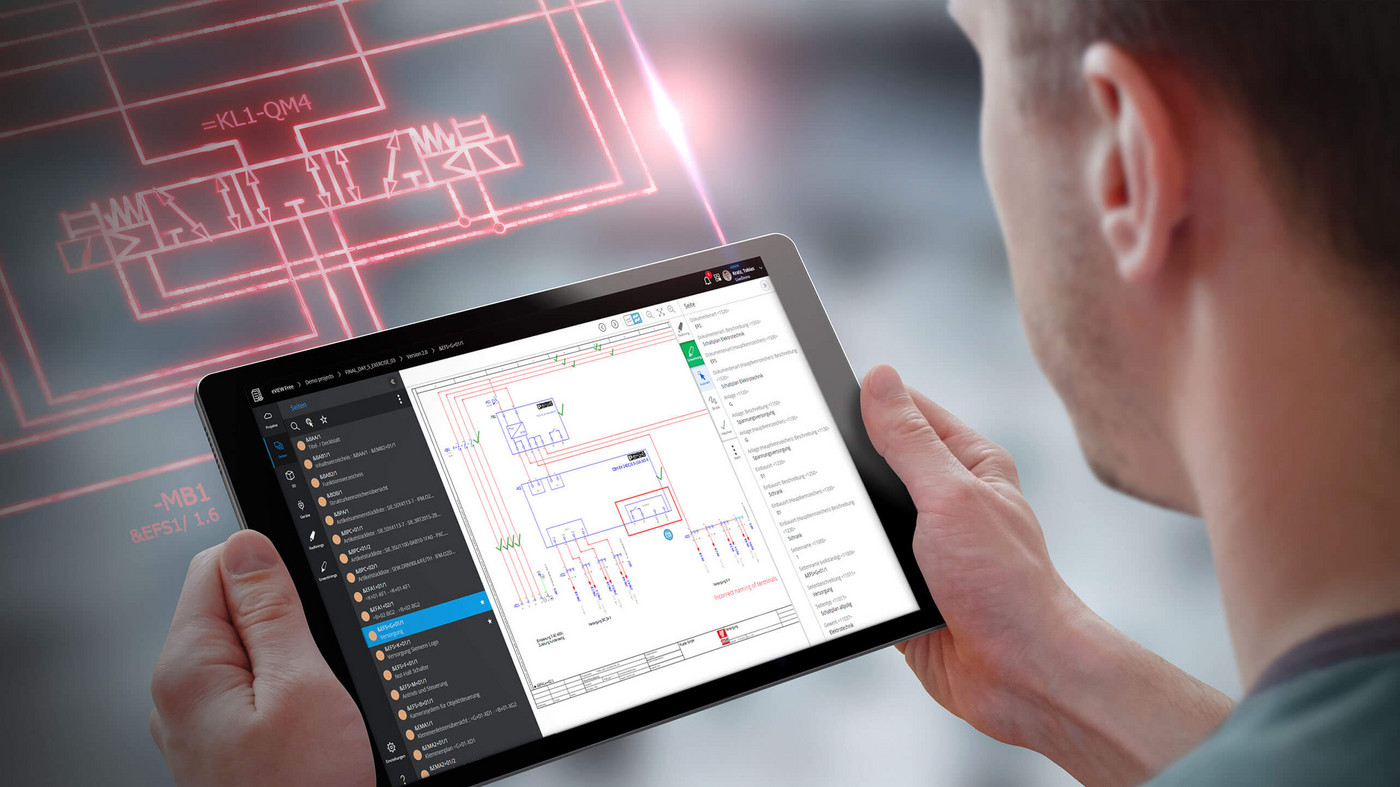Author
 Andrew Mutch
Having previously worked as an aircraft technician with HM Forces, Andy is one of our Professional Services Consultants and has been with EPLAN for 10 years. Part of Andy's role is to actively analyse customers processes, develop solution concepts and workflows for customer requirements. Andy is also our resident Harness expert!
Mutch.a@eplan.co.uk
Andrew Mutch auf LinkedIn
Andrew Mutch
Having previously worked as an aircraft technician with HM Forces, Andy is one of our Professional Services Consultants and has been with EPLAN for 10 years. Part of Andy's role is to actively analyse customers processes, develop solution concepts and workflows for customer requirements. Andy is also our resident Harness expert!
Mutch.a@eplan.co.uk
Andrew Mutch auf LinkedIn
How To Avoid Being Left Behind in Electrical Design: Keeping Up with the Trends
Training, Certification, And eLearning
Going through regular training, gaining certifications in Electrical Engineering, and staying familiar with the latest software developments will help ensure that you and your engineers are up to date with current trends and updates in software and technology. Formal technical qualifications can quickly fall behind the times when technology changes, so the best way to stay up to date is to engage in certified training through your ECAD vendor. For example, EPLAN users can become an EPLAN Certified Engineer, through a modular course that combines hands on and self-paced eLearning for maximum knowledge retention and applicability. This certification course is continuously refreshed and updated to provide the latest knowledge and skills to your engineers. Consequently, this certification only last for 3 years, and at that point the engineer will have to become recertified to retain the certification.
Annual Software Updates
EPLAN is the perfect choice for electrical design engineers who want to remain on top of the latest developments in their field. Offering Annual Software Updates with a range of new tools and features, EPLAN ensures that users are always equipped with cutting-edge electrical design tools and technology. The latest version of EPLAN is Platform 2023, which includes the latest innovations such as the international macro management, the new high-performance 3D engine and EPLAN eSTOCK, the comprehensive device management system.
Keeping Pace With Complexity
Not only are design trends and software platforms changing all the time, but also the electrical design project briefs themselves, with an ongoing trend towards increased complexity. Traditional CAD software, in many cases, simply cannot keep up with these changes. That’s because efficient electrical design now requires far-reaching knowledge and expertise across numerous areas, as well as a deep understanding of the different standards and components that go into making up the designs. In addition to knowledge of electrical systems and principles, many project briefs require skills in control systems engineering, computer programming and wiring diagrams to be able to effectively address the requirements of each project with precision.
EPLAN gives engineering managers and electrical designers the creative tools and technical capabilities to successfully meet these complex requirements while staying within your project budget and meeting your deadlines.
Do 2D Design Packages Still Have A Place In Electrical Design?
Most mechanical design engineers switched to 3D CAD applications over a decade ago. However, many electrical design departments continue to use 2D electrical CAD software. Does this still have a place in electrical design? Potentially yes, but the wider industry trend is towards 3D electrical engineering product design for reasons of productivity and efficiency in the face of ever more complex project briefs. By transitioning to EPLAN for your electrical designs, you not only keep your team up to date, but also gain increased capabilities to meet the higher expectations of customers in a competitive electrical design market.
Find Out More About 3D Design
In this e-book we take you into the world of 3D design, showing you 6 reasons why you, as a future-oriented electrical engineer, cannot ignore the prospect of 3D. You'll discover that you can start automating faster than you think and that the increase in efficiency with your current team will be considerable.



Comments